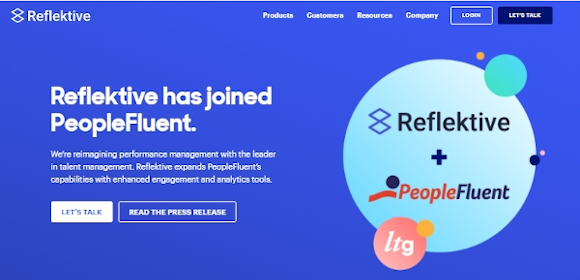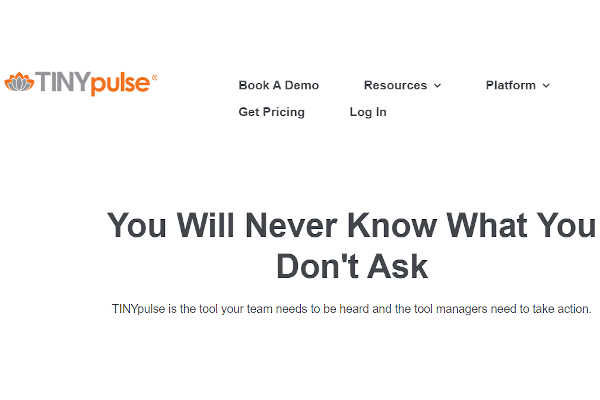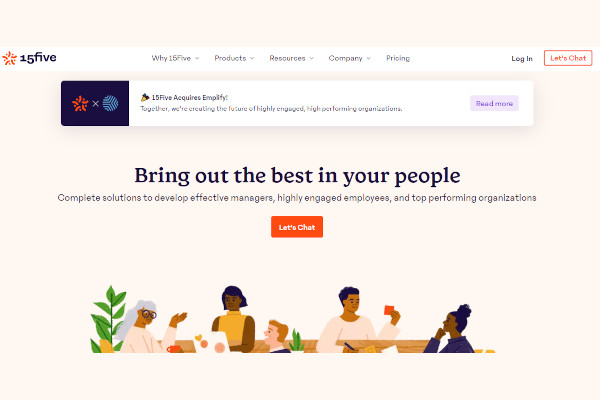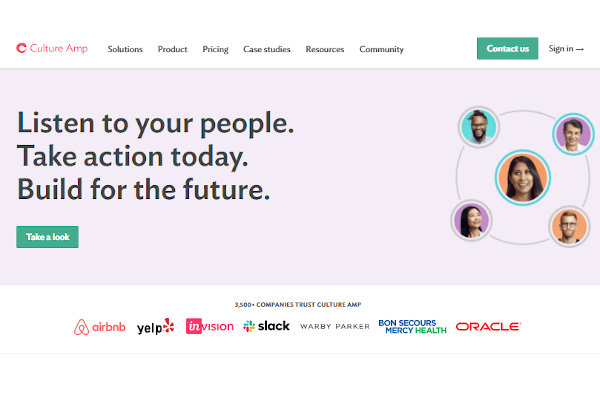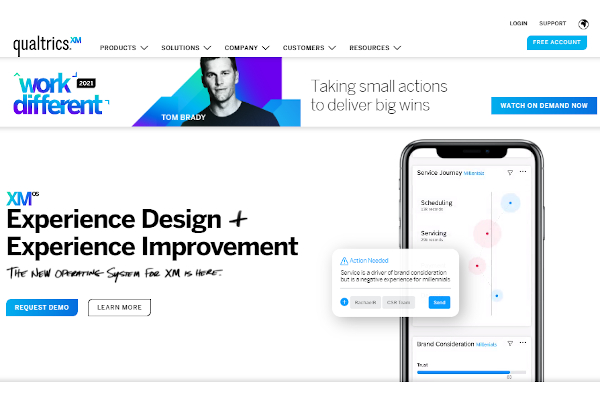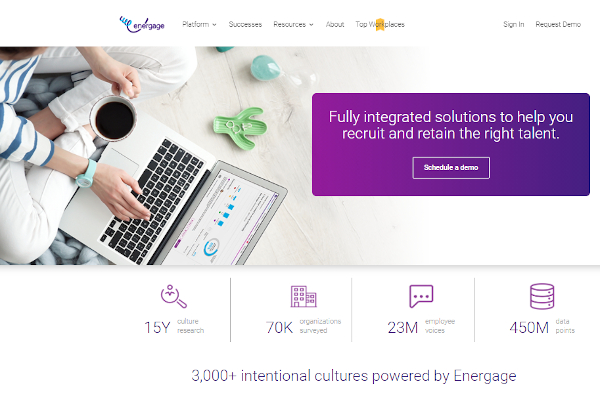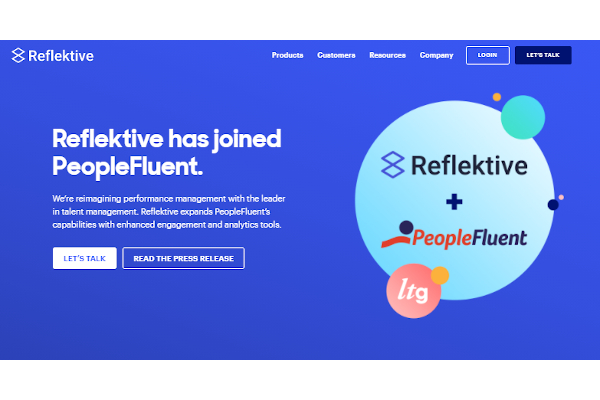One of the most important performance tools a manager has is efficient, strategic feedback, but many workers complain about a lack of input and knowledge. One of the most common concerns that organizations and managers have is a lack of performance management feedback. In other words, feedback is the knowledge that any employee requires to be entirely successful. It provides answers to several key questions that keep workers interested and motivated.
11+ Employee Feedback Software
1. Tinypulse
2. 15Five
3. Officevibe
4. Culture Amp
5. Reward Gateway
6. Qualtrics
7. Weekdone
8. Energage
9. GetFeedback
10. Impraise
11. Engagedly
12. Reflektive
What Is Employee Feedback Software?
Employee feedback software is characterized as a process in which employees’ reporting managers, supervisors, and peers provide constructive advice. On the other hand, employee monitoring does not stop there; it also includes feedback that an employee would like to send to their boss, colleagues, or the company as a whole. Employees and organizations may benefit from feedback to improve their performance. Employee feedback is an essential aspect of the employee experience process and a tool that can help workers improve their skills and create a better culture.
How to Have an Effective Feedback to Employees?
If you’re giving or getting feedback, it can be a frustrating experience. It has the unspoken meaning of telling you that you need to improve and, since change can be daunting, some people are open to it while others can resist it. How can feedback benefit a worker or an organization? The reason is that how you provide input makes a significant difference. Employees can become irritated, confused, and dissatisfied as a result of a lack of feedback. Here are five suggestions for keeping the direct reports updated and the employee engagement.
1. Feedback is more receptive when there is confidence.
When there are humans involved, trust is a feeling rather than an event. You can’t expect an employee to trust a company and vice versa without first providing a forum for them to do so. Emotional willingness is required for trust. If feedback is given or received, a degree of confidence should be established first, and then feedback should be provided.
2. Make a schedule.
Feedback should not be ambiguous; there should be a strategic plan for giving and receiving feedback so that no party is caught off guard. The facilitator and the person providing the input should agree on a loose outline of what will be discussed and the feedback object. Share the plan a few days ahead of time to inform all sides and prepare questions and responses before the meeting.
3. Create a culture of openness.
Employees would be afraid to provide input to the company unless you create a culture of openness in your organization. A policy of open doors is a good place to start. If you want to lead by example, you must be willing to support and accept input at all times; consistency in the process is essential for success.
4. Be focused.
If you wish to delve deeply into various subjects, employee input can become very lengthy. If you have any additional company services that you’d like to inquire about? Instead, ask about them in a separate survey and provide a general overall input query about the organization’s range of services.
5. Even if it’s difficult, tell your employees the results.
Even if the survey results aren’t quite what you expected, open communication is always the best communication. And, let’s face it if you’re dealing with widespread discontent around the board, or even in a single department, it’s highly likely that your workers are already talking about it and are conscious that it’s a problem.
FAQs
What is the significance of employee feedback?
Feedback can come from both managers and colleagues, and when done correctly, it can help build a better, more harmonious workplace. Positive and negative feedback is crucial because it aids in the breakup of unhealthy behaviors, encourages positive attitudes, and allows teams to function more efficiently against their objectives.
What is the significance of feedback?
Feedback entails constantly listening, analyzing, and then devising the best possible approach to improve performance. It offers constructive criticism and enables everyone to see what they can do to strengthen their focus and results.
Why is it necessary to have input right away?
When knowledge is given contextually and “on-demand,” instant feedback is instant feedback in response to a learner’s behavior and learning flow; it aids in developing a learner’s understanding. The better, the more often and regularly you provide data input.
Employee feedback, when done right, will help make good workers even better and attract great employees. If you’re in charge of writing performance reports, concentrating on these core competencies will allow you to provide positive input on what employees are doing well and where they can focus their efforts soon.
Related Posts
10+ Best Chemical Software for Windows, Mac, Android 2022
12+ Best Vulnerability Scanner Software for Windows, Mac, Android 2022
4+ Best Bundled Pay Management Software for Windows, Mac, Android 2022
10+ Best Trust Accounting Software for Windows, Mac, Android 2022
10+ Best Patient Portal Software for Windows, Mac, Android 2022
13+ Best Virtual Reality (VR) Software for Windows, Mac, Android 2022
12+ Best Bed and Breakfast Software for Windows, Mac, Android 2022
15+ Best Resort Management Software for Windows, Mac, Android 2022
14+ Best Hotel Channel Management Software for Windows, Mac, Android 2022
12+ Best Social Media Monitoring Software for Windows, Mac, Android 2022
10+ Best Transport Management Software for Windows, Mac, Android 2022
10+ Best Other Marketing Software for Windows, Mac, Android 2022
10+ Best Top Sales Enablement Software for Windows, Mac, Android 2022
8+ Best Industry Business Intelligence Software for Windows, Mac, Android 2022
10+ Best Insurance Agency Software for Windows, Mac, Android 2022
